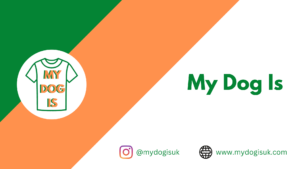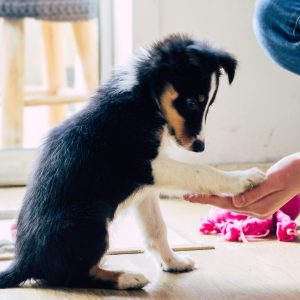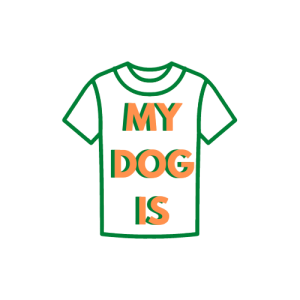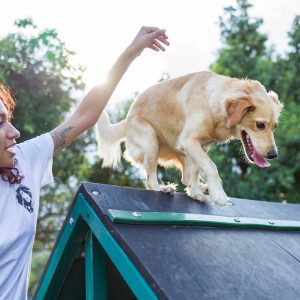Whilst that may be true, it is also important to highlight that the amount of dog attacks and bites being recorded not only equates to the rise in dogs being owned, it actually supersedes it.
The significant rise in reports of dog attacks
These are not just reports of bites, these are reports of attacks. Ones that are resulting in the deaths of both humans and dogs. It is incredibly sad and shocking how regular these reports are becoming. A close relative, who worked as a receptionist in a veterinary clinic, stated the amount of dogs they were seeing on a weekly basis due to being attacked was distressing. And the state in which they came in was something you couldn’t imagine. Eyes hanging out, lacerations from top to bottom, visible bones. It is one thing mending a dog physically but what about the distress after, the trauma and reactivity it is left with? We have a problem, plain and simple. We know something needs to be done, but by whom and how?
First and foremost, responsibility of a dog’s actions lies on the owner. So we as owners need to ensure we are doing everything in our power to ensure our dog is acting in a safe manner when navigating the outdoors, and following that we need to ensure our dogs are safe from danger.
We hear a lot about dog owner etiquette but there seems to be conflicting information, alongside that, when looking at what makes a person a responsible dog owner the guidance is very simple, lacking let’s say. Walk your dog daily, give it fresh water and food daily. These are basics, they don’t make you a responsible dog owner, they make you a person giving your dog the basic requirements it needs. These should not be ignored, but they are not what defines a responsible dog owner, especially in today’s ‘dog world’ crisis. Not only this, but I would go so far as to say the UK law is lacking in guidance. It is illegal to have a dog ‘dangerously’ out of control, not out of control, but dangerously out of control. Thereby meaning a dog out of control is fine. The problem we have, I’m afraid to say, is that dogs that are out of control, only take one small switch in their environment to make them dangerously out of control. It should be illegal to have a dog out of control.
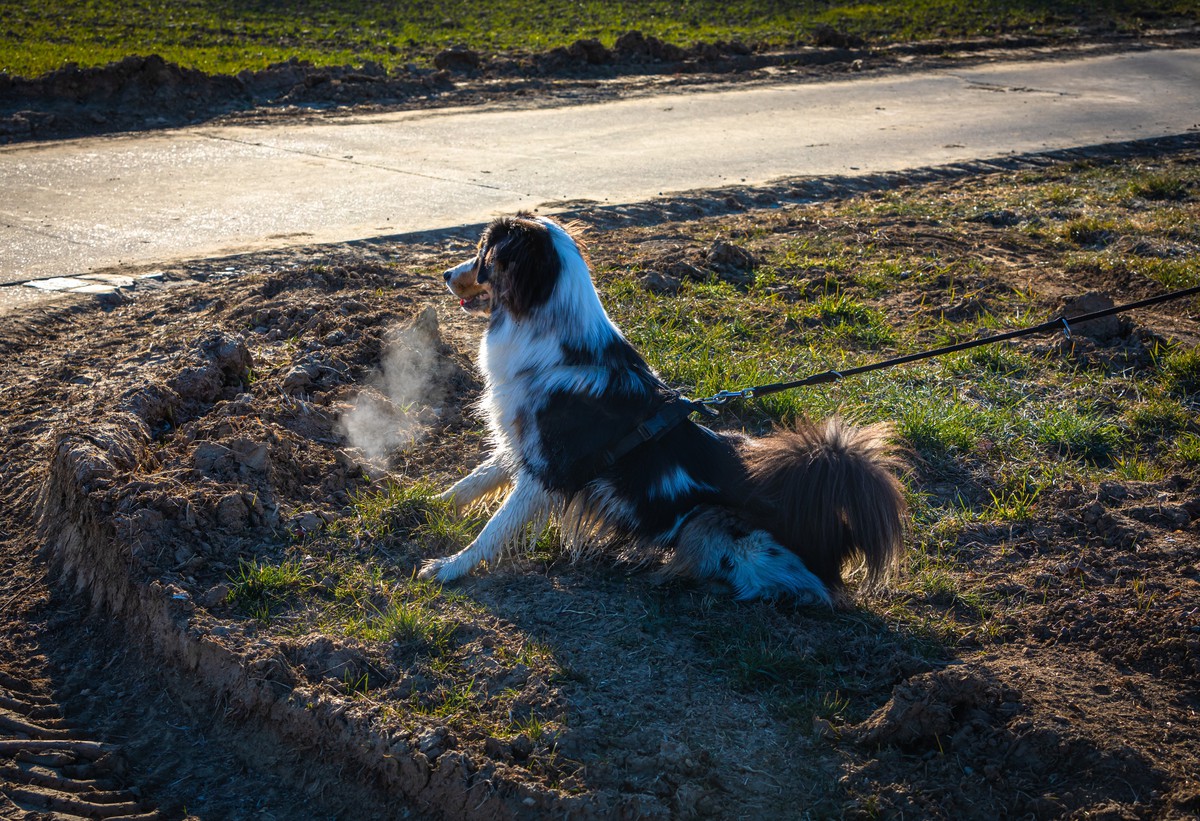
There is a thin line between out of control and dangerously out of control. A friendly dog running around with no recall is out of control, it doesn’t pose a threat to anyone or thing. However, if this friendly off-lead dog starts running over to a dog that is just post operation, friendly or not, it poses a risk to the dog post operation. And this is where it would be considered dangerously out of control.
This point may seem insignificant in the grander scheme of dog attacks, fights and bites, but it is hugely significant. The reason is purely because reactivity is so easily developed in a dog, it is a ripple effect. Not only this, but a dog with little or no boundaries is far more prone to developing reactivity. In the above instance, no recall and approaching other dogs poses a risk to the other dog and to themselves. That dog approaching the dog post operation could easily injure the dog, causing that dog to gain a negative association with dogs. Further to this, the post operation dog might bite the approaching dog. Although neither of these dogs are reactive prior to, that one instance can cause a negative association which can result in reactivity.
Simple easy steps every dog owner can take
Everyone can help to reduce reactivity in dogs, which ultimately can aid the decrease in dog attacks and fights. Not only this, but also the death of dogs and humans. Dogs, by preventing dog attacks and fights, reducing the risk of reactivity developing and resulting in euthanasia due to behavioural issues (reactivity) and of course death by attacks. Of course, reducing the deaths of humans from dog attacks, by minimising the chance of a situation where a dog may encounter a human and feel the need to attack.
As mentioned, the responsibility of a dog’s actions falls on the dog’s owner, so it is up to us owners to take action to make sure our dog behaves appropriately whilst we navigate the outdoors with them.

Being a responsible dog owner - ensuring your dog is acting in a safe manner
- Only allowing your dog off lead if it has a solid recall.
- Not allowing your dog to approach other dogs, humans, animals without the permission from the other party.
- Not allowing your dog to approach another dog regardless of the other dog being on lead or not, as many reactive dogs enjoy safe off lead freedom, but do not want to be bothered. Also not all dogs get on with every dog.
- Always walk your dog in a heel, loose lead position when walking alongside a road.
- Muzzle train your dog, regardless if they are a bite risk or not. Better to be trained before you need it, than to need it and not have it.
- Do not allow your dog to go out of your sight, whether through a bush line, round a corner, over the bridge of a hill etc.
- You do not know what is around that bend, and you are allowing your dog to enter that situation not knowing what is there. We have had many horses appear on us from around corners, as well as escaped livestock. Each poses a risk to the other.
- Getting help at any sign of reactive behaviour.
- Respect dogs in awareness gear. There is a reason the owner or the dog is wearing awareness gear. They are entitled to outdoor space just as much as anyone else.
- Adhere to the message on the awareness gear, whether it’s to give space, keep your dog away, or just leave them be.
Keeping your dog safe when out and about
- Always use yourself as a barrier between your dog and the potential threat.
- Always carry a bottle of pet corrector spray. Never spray this towards a dog – it’s merely the sound that is used to scare another dog away.
- Always carry a spare slip lead with you. It’s important it is a slip lead rather than a clip. This is in case you need to catch another dog, your lead breaks, or even worse break up a fight. With a slip lead you can still put the lead on the dog regardless of collar or not.
- Do not allow your dog to jump or run straight out of the car doors, house doors etc, once you have opened them. This is because your dog can not distinguish when they can and when they can’t. If your dog always jumps straight out of the car door as soon as you open it, that one time you open the car door to check you loaded something in the back, your dog will be jumping straight out. You probably haven’t checked the area, and they’ve gone straight into a risky situation.
- Wear awareness gear, particularly if your dog has reactive behaviour. This keeps your dog safe, and the public, by making them aware that you need space, no other dogs near and so on.


